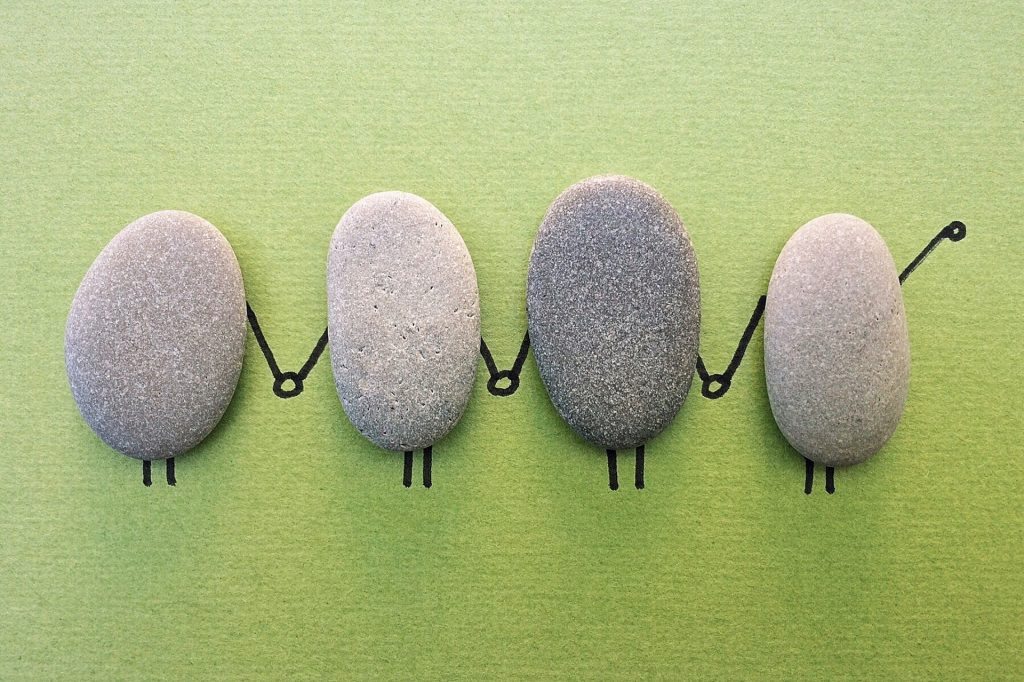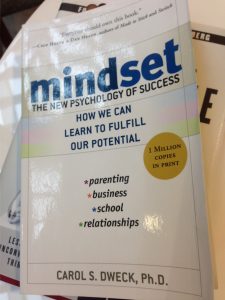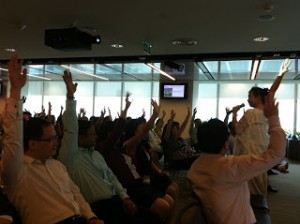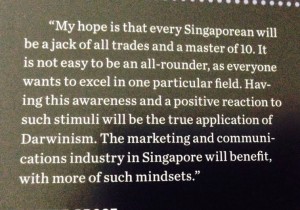Is your work culture attracting your dream team?
Before I graduated from my diploma course in 1994, I secured two job interviews.
One was with a bank as a PR executive, prestigious location with nice looking workstations plus excellent career path. I had shared with the PR manager who interviewed me that my goal was to be in her role in a few years.
The other was for a position as an events executive with a local SME located in an industrial area. There was no clear training pathways or career progression.
Both offered me the job. I chose the latter because the people I bumped into at the company were warm and friendly. Whereas, the environment at the bank felt sterile.
That was my first taste of an aspect of “work culture” as I now understand it.
A positive environment will lead to dramatic benefits for employers, employees, and the bottom line.
Work culture refers to the beliefs, thought processes, attitudes of the employees, ideologies, and principles of the organisation. The culture determines the way employees interact with each other and how an organisation functions.
To a large extent, management sets the tone for how the culture is and evolves. For example, if the management has a fixed mindset and extols virtues of competiveness, then the culture will be one where individuals and teams put their personal survival and gain as priority instead of synergising with others. In the past, good employees often stay on in spite of culture, for the sake of their rice bowl.
It is now a different landscape.
If a company does not keep up with increasingly loud call for a positive work culture, then business owners will have difficulty attracting the dream team he or she desires. A talented high performing individual will naturally choose a company that is aligned to his or her values. If she or he places teamwork and supportive colleagues high on the values list, then a company known for its positive work culture would be the top choice.
As a business owner, how would having a positive work culture benefits you?
A large and growing body of research on positive organizational psychology shows that not only is a cut-throat environment harmful to productivity over time, but that a positive environment will lead to dramatic benefits for employers, employees, and the bottom line.
In a Harvard Business Review article, the authors wrote about how positive work cultures are more productive. It shared about a research article published in the Journal of Applied Behavioural Science in which Kim Cameron and his colleagues at the University of Michigan found that a workplace characterized by positive and virtuous practices excels in a number of domains.
Positive and virtuous practices include:
- Caring for, being interested in, and maintaining responsibility for colleagues as friends.
- Providing support for one another, including offering kindness and compassion when others are struggling.
- Avoiding blame and forgive mistakes.
- Inspiring one another at work.
- Emphasizing the meaningfulness of the work.
- Treating one another with respect, gratitude, trust & integrity.
Cameron and his colleagues explain that there are three reasons these practices benefit the company. Positive practices:
- Increase positive emotions which broaden employees’ resources and abilities by improving people’s relationships with each other and amplifying their creativity and ability to think creatively.
- Buffer against negative events like stress, improving employees ability to bounce back from challenges and difficulties.
- Attract and bolster employees, making them more loyal and bringing out the best in them.
There are bottom-line benefits as well. Summarizing the findings, Cameron explains that: “When organizations institute positive, virtuous practices they achieve significantly higher levels of organizational effectiveness — including financial performance, customer satisfaction, and productivity”.
There are many small steps you can take to start building one that is vibrant and positive – where employees feel valued, engaged and are proud to be your company’s ambassadors. They will become the dream team that you have envisioned.
 But first, it starts with you making the decision on culture. That will set the stage for what follows next.
But first, it starts with you making the decision on culture. That will set the stage for what follows next.
For ways to build a positive work culture, contact us to find out more about our Positivity at Work programmes.
















